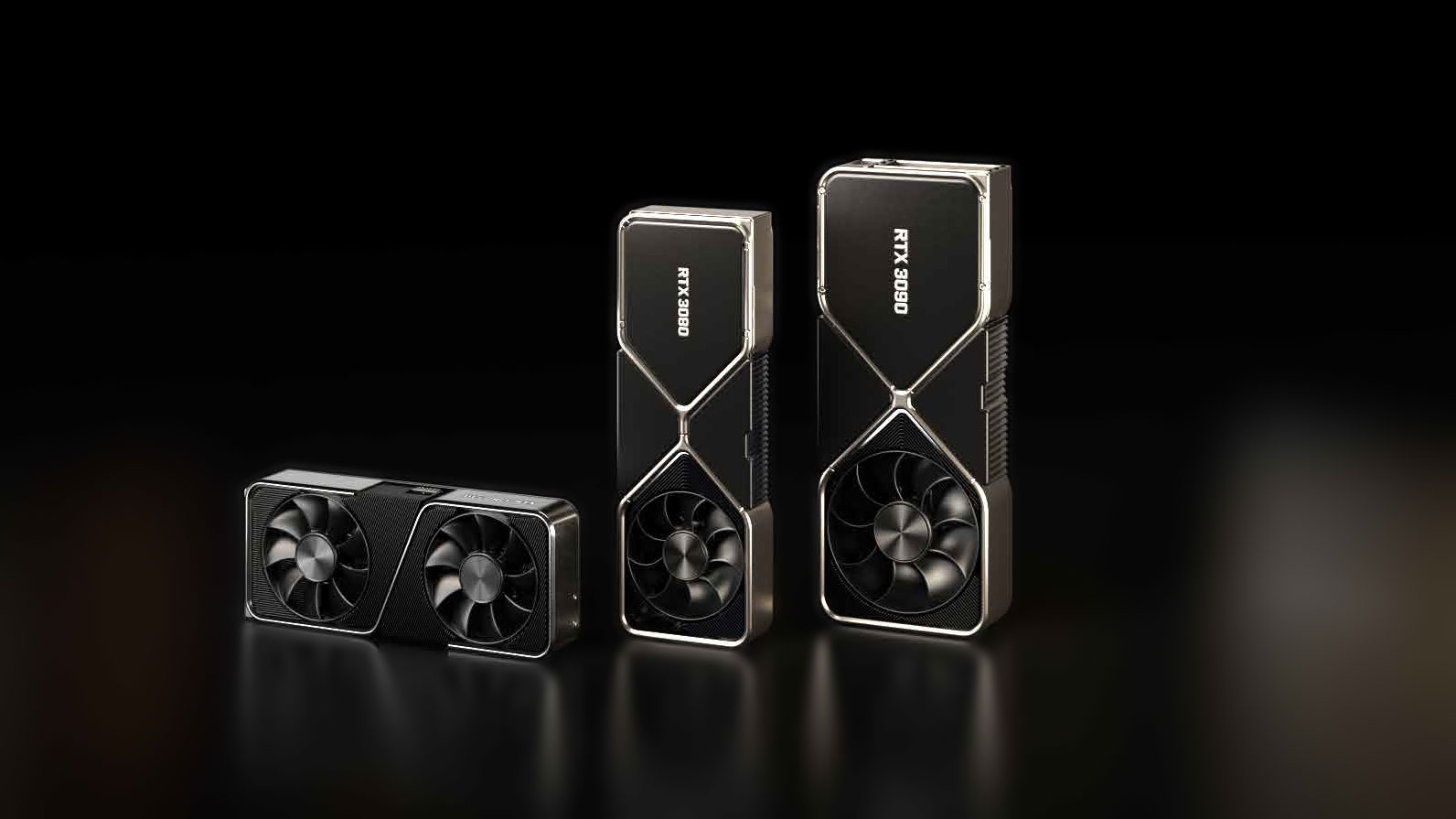Another ‘leak’ of the RTX 3080 Ti has arrived, this time from Chinese leaker “Big hardware player” who claims to have an engineering sample of a Colorful RTX 3080 Ti on hand. We’re not convinced of the veracity of the images or the data, for a variety of reasons.
Before we go on any further, VideoCardz.com received a response from a Colorful rep regarding this leak, which says: “This ‘rumor’ doesn’t even ‘deserve’ a statement….” Of course, any graphics card manufacturer would probably say something similar, whether a leak is real or fake. Still, there’s a huge chance none of this is legitimate, and we’ll get into the why in a moment. Basically, take the following details with an extra-large scoop of salt (as you always should with leaks).
The leaker shared GPU-Z results of this “RTX 3080 TI,” but due to GPU-Z’s unfamiliarity with an RTX 3080 Ti SKU, GPU-Z registers the card as a vanilla RTX 3080. However, the specs almost lineup with what the RTX 3080 Ti rumors had it to be, which is 20GB of VRAM, and the same amount of ROPs/TMUs as the 3090. The only minor difference is that this RTX 3080 Ti result shows that it has the same memory bandwidth as the vanilla RTX 3080. This implies the RTX 3080 Ti uses standard 19Gbps GDDR6X modules instead of the 19.5Gbps modules that were previously rumored for this GPU.
Let’s note some problems with these GPU-Z screenshots, however. First, testing was apparently done months apart, based on the GPU-Z driver dates. Why would you run three different GPUs using three different drivers? Why use 456.16 on the 3080 and 456.71 on the 3090, if you’re testing the cards right now? A lot of things have changed in the past four months!
Also, check out the “WHQL” drivers from December 3 being used on the 3080 Ti. And note how GPU-Z version 2.35.0 was used on the 3080 Ti, while 2.36.0 was used on the 3090 and 2.34.0 was used on the 3080. That would be the right version on the 3080 launch, but 2.36 didn’t come out until November 27, while 2.35 was released on October 15. But let’s continue.
The leaker supposedly threw this mysterious GPU onto a test bench and ran a bevy of gaming benchmarks and 3DMark. On average, the “RTX 3080 Ti” was 3% slower than the RTX 3090 (which he also benchmarked himself) in the gaming tests. In 3DMark, the leaked 3080 Ti was anywhere between 2-8% slower than the RTX 3090.
Overall, these benchmark results for the leaked engineering sample 3080 Ti seem very suspicious. In the gaming benchmarks, the testbed’s CPU is clocked at different frequencies for different cards, and the RTX 3080 shows just a 3% average performance deficit compared to the RTX 3090. This despite the “3080 Ti” having a 23% performance deficit in memory bandwidth. Modern GPU architectures love memory bandwidth and will scale well with it, so all of this seems extremely specious.
There are plenty of other red flags as well. The Witcher 3 has a severely blurry game image but legible text, and Battlefield V — a game with no built-in benchmark, so any test sequence would involve restarting from a checkpoint, and the non-deterministic nature means enemies, flags, etc. would vary quite a bit between runs — looks to have nearly the same background on all three test PCs. Also, let’s not get started on the ‘leak’ PC having the same clocks, voltages, and temperatures across all 16 cores. 24C in Shadow of the Tomb Raider? That’s unbelievably impressive!
As in, we literally don’t believe it. If the leaker actually has the cards in question and ran the benchmarks, then at the very least, the testing methodology is clearly flawed. Different drivers, different CPU clocks and settings, different versions of GPU-Z, and probably plenty of other discrepancies as well. But hey, RTX 3080 Ti is likely going to be a real card at some point. As real as any of the other recent GPUs that are virtually impossible to find, anyway.
